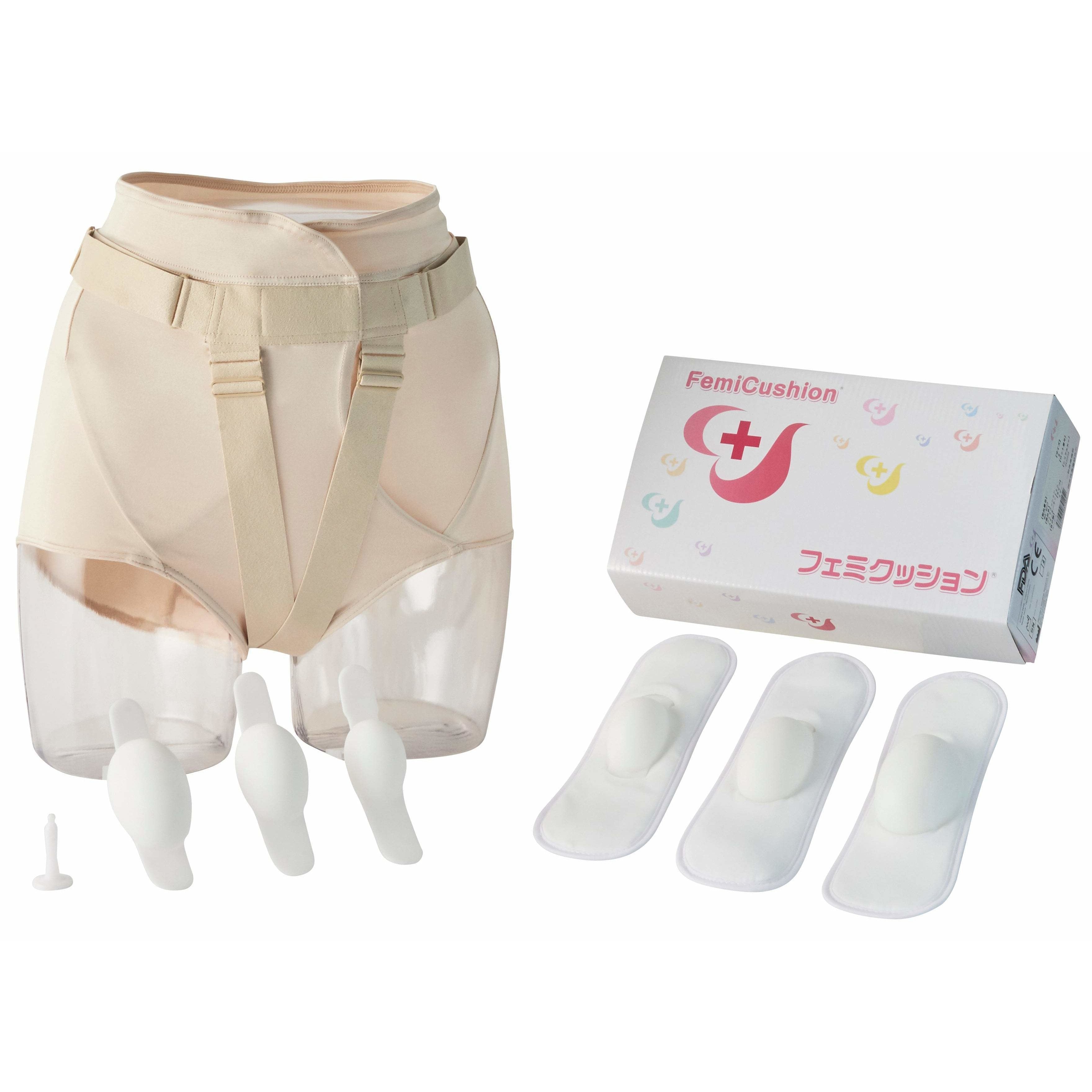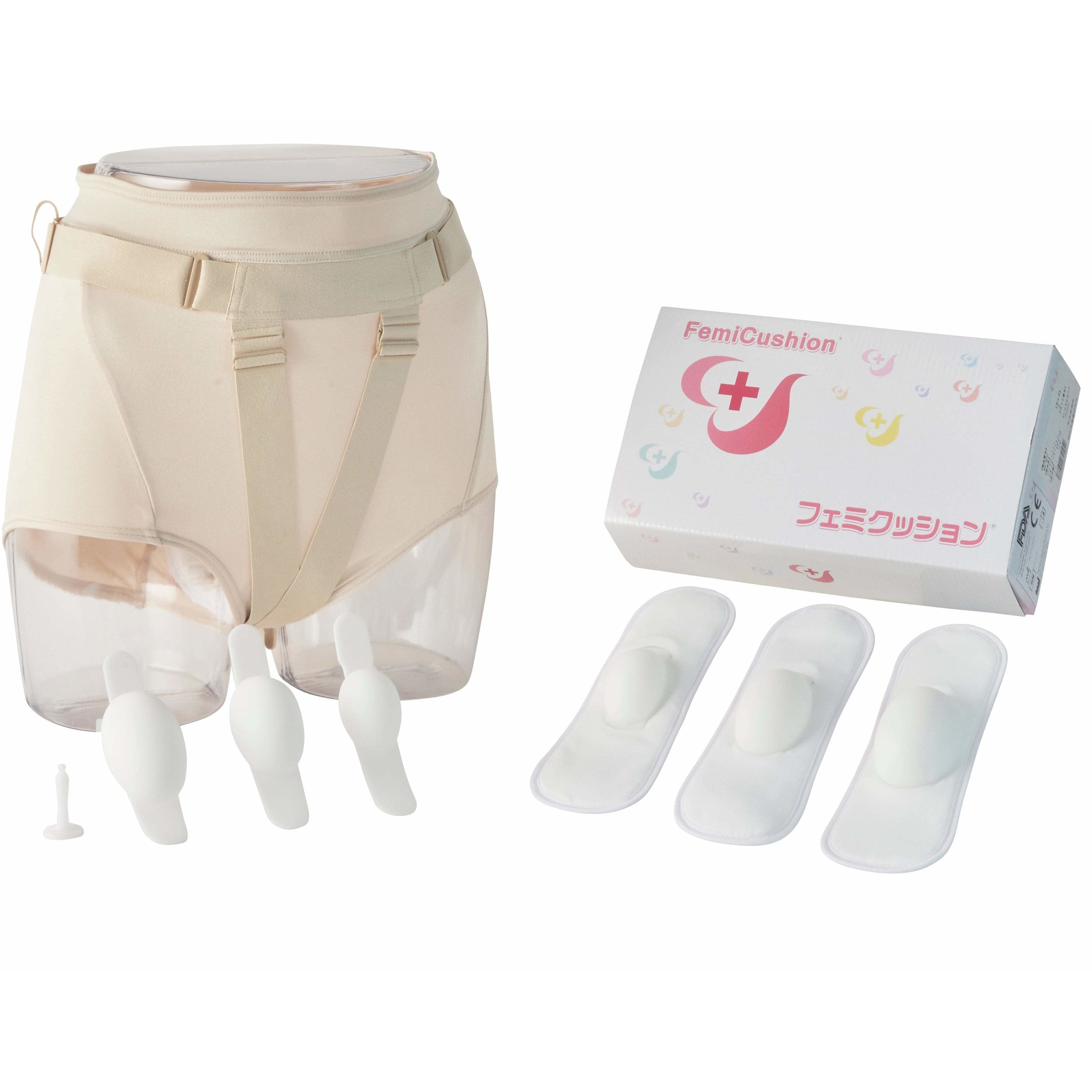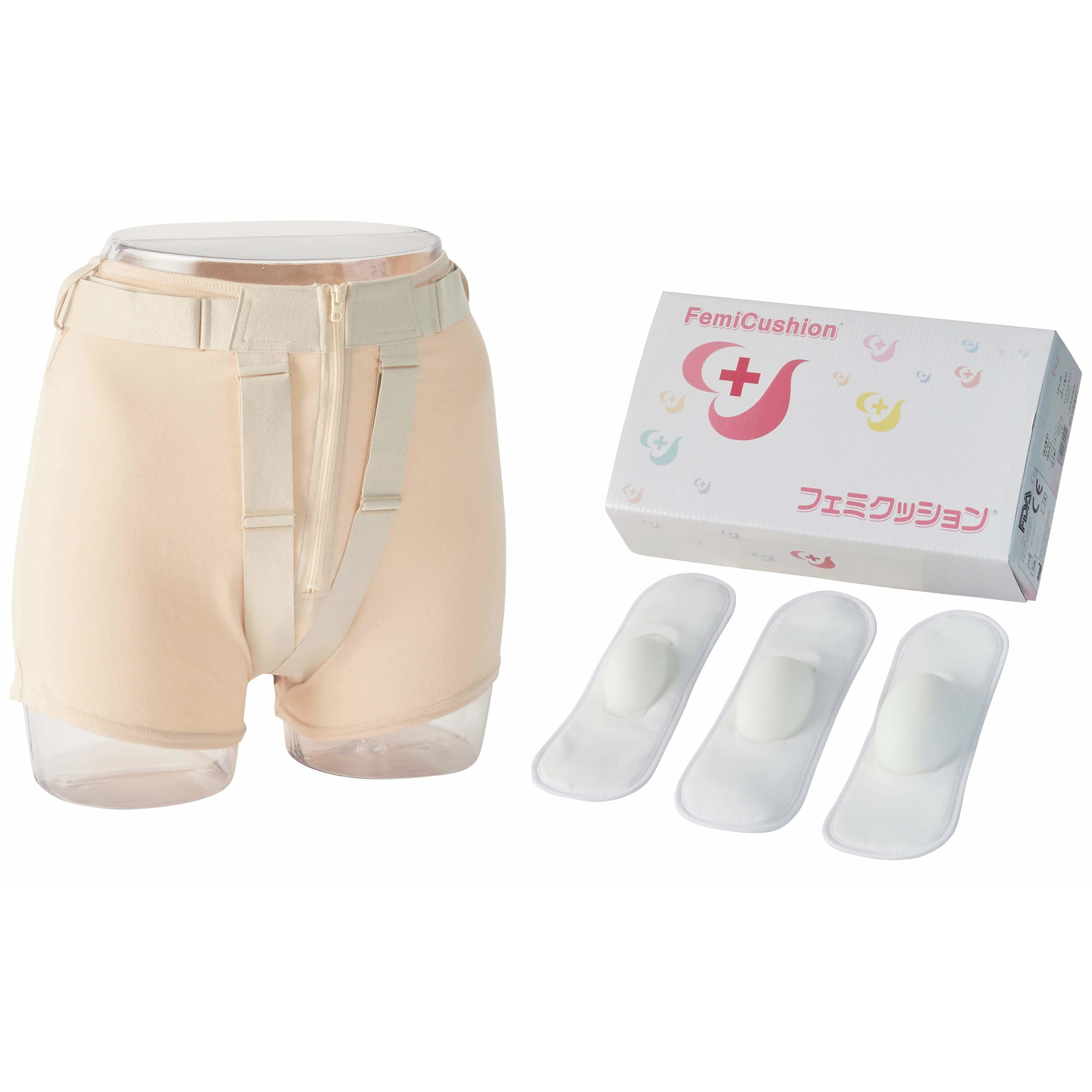Pelvic Organ Prolapse Exercises: Can They Help?
Table of Contents

There are many reasons why women today are turning to natural options to help treat their pelvic organ prolapse. One popular non-invasive treatment is pelvic organ prolapse exercises. Many physiotherapists recommend prolapse exercises both to prevent and manage the condition, however, correct technique is crucial and must be carefully practiced in order to see results and avoid further harm on your pelvic floor. Keep reading to find out what you need to know before starting prolapse exercises.
In this article we will cover:
What Are Prolapse Exercises?
While pelvic floor exercises were initially created to prevent urinary incontinence, they have also been found to help those who suffer from pelvic organ prolapse. Prolapse exercises, more commonly known as Kegel exercises, strengthen your pelvic floor muscles to support and prevent the pelvic organs — uterus, bladder, small intestine, and rectum — from descending. Kegel exercises were invented by Arnold Kegel, an American gynaecologist. These exercises are recommended by The American College of Obstetricians and Gynaecologists as one way to “slow the progression of POP (pelvic organ prolapse).”1
Note: Before starting any exercise routine, we recommend first visiting your doctor to receive a diagnosis and discuss appropriate treatment options. He or she can even help you locate your pelvic floor muscles.

The basics to prolapse exercises:
- Find your pelvic floor muscle: Your pelvic floor muscles may be a bit hard to find at first. A good way to find them is to pay close attention to which muscles you squeeze when trying to hold in your urine as these are the muscles you want to strengthen.
- Maintain proper posture: For beginners, lie down or kneel on all fours. For intermediate to advanced, sit or stand. When sitting or standing — do not slouch forward, stand up straight to lengthen your spine, and relax your shoulders back and down.
- Use the correct technique: You are trying to lift and squeeze, and then relax your pelvic floor muscles. The contrast of lifting and releasing the muscles help strengthen the pelvic floor. Do not squeeze any other muscles such as the thighs, buttocks, or abdomen. Also, remember to breathe normally while doing the exercises.
- Intervals: Squeeze and hold for as long as possible, up to 10 seconds then relax your pelvic floor muscles. Repeat up to 10 contractions in a row. Perform 10 contractions 3 times a day, every day.1
Improvements in your symptoms will vary depending on your condition. Some women notice results in the first few weeks but for others it can take several months.2
Do Pelvic Floor Exercises Work for Prolapse?
There are quite a few factors that can weaken your pelvic floor muscles including pregnancy, childbirth, hysterectomy, and aging. If you have experienced one of these factors, your doctor may recommend trying pelvic prolapse exercises.
For some women, pelvic organ prolapse is due to naturally weakening pelvic floor muscles, so strengthening these muscles may help regain their ability to support the pelvic organs and relieve discomfort resulting from the organs pushing down on the pelvic floor. Prolapse exercises are likely suitable for treating mild cases of prolapse including cystocele, urethrocele, rectocele, enterocele, vaginal vault, and uterine prolapse.3 The exercises are simple for women of all ages to do once you understand which muscles to use and the correct technique.
Do Pelvic Floor Devices Work?
As more women are using the internet to research at-home remedies for pelvic floor weakness, the market for pelvic floor devices has quickly grown. If you are interested in trying such a device, you will find that they are available in two categories — weighted devices and digital app trackers.
Weighted Prolapse Devices
Weighted devices are available in different shapes, sizes, and weights. The device is inserted into the vagina and held inside by squeezing your pelvic muscles. There is little research done to show their effectiveness, and many women have found that they are no better than doing traditional prolapse exercises.

Digital App Trackers
Digital app trackers are devices inserted into the vagina that connect to your smartphone with wireless Bluetooth to track your prolapse exercises and show your muscle activity. Some devices can measure the amount of force as the muscles squeeze the device and provide real-time feedback. These expensive devices are quite new and there are mixed opinions about their effectiveness.
While prolapse exercise device makers suggest that their products are beneficial to strengthening your pelvic muscles there is little medical evidence to back up such claims. Before investing in any devices, we recommend starting with the conventional prolapse exercises and discussing with your doctor before trying untested treatments.
What if My Condition Is Too Severe for Prolapse Exercises?
While prolapse exercises can help some women, it may not be the best treatment for you. Prolapse exercises take patience; they are time consuming and may take months of dedicated work to see results. Also, it is less likely that you will see any benefits to doing them if your prolapse is moderate to advance. If you want simple, immediate relief, there is another non-invasive natural treatment option.
FemiCushion

FemiCushion is a medical-grade prolapse support garment that can be worn easily and discreetly straight out of the box. It looks like underwear but offers the same benefits as using a pessary with its patented external pessary system. Not only does FemiCushion provide immediate relief, but it has been proven to reduce symptoms after continuous use.

In an independent study conducted by the Urology Department at the University of Campinas in São Paulo, Brazil, and published in the Pelviperineology journal, effective results were shown in women aged 60 to 79 who used FemiCushion three months in a row. Symptoms that showed the greatest improvements were:
- Pain or discomfort in the lower abdomen
- Feeling a lump or bulge in the pelvic area
- A visual lump or bulge outside the vagina
The study found that FemiCushion is an effective option for improving quality of life and managing symptoms caused by pelvic organ prolapse.4
Every woman's pelvic organ prolapse symptoms and severity are different and require different treatment options. Prolapse exercises and support garments like FemiCushion have helped many women improve their quality of life and take back control. There is hope to recovering from pelvic organ prolapse and living a normal life again.
References
- https://www.acog.org/Patients/FAQs/Pelvic-Support-Problems?IsMobileSet=false#exercises
- https://www.mayoclinic.org/healthy-lifestyle/womens-health/in-depth/kegel-exercises/art-20045283
- https://www.nhs.uk/conditions/pelvic-organ-prolapse/treatment/
- https://www.researchgate.net/publication/305469310_Femicushion_a_new_pessary_generation_-pilot_study_for_safety_and_efficacy
Disclaimer
The information on this site is not intended or implied to be a substitute for professional medical advice, diagnosis or treatment. All content, including text, graphics, images, and information, contained on or available through this website is for general information purposes only.
Supervising Doctor of This Article

Koichi Nagao, MD PhD
Professor, Department of Urology, Toho University Faculty of Medicine
Director of Urinary tract reconstruction center, Toho University Omori Medical Center
Director of Reproduction Center, Toho University Omori Medical Center
Professor Nagao specializes in plastic surgery in the field of reproductive medicine. He completed eight years of plastic surgery training at Showa University before majoring in urology at Toho University. With his meticulous surgical techniques and careful examinations that combines urology and plastic surgery, Professor Nagao became a Board Certified Specialist with multiple associations including the Japanese Urological Association, the Japan Society for Reproductive Medicine, and the Japanese Society for Sexual Medicine.
The suggested Products

FemiCushion EasyOpen Deluxe Kit
$299.99

FemiCushion Standard Deluxe Kit
$299.99

FemiCushion Lite Kit
$249.99





